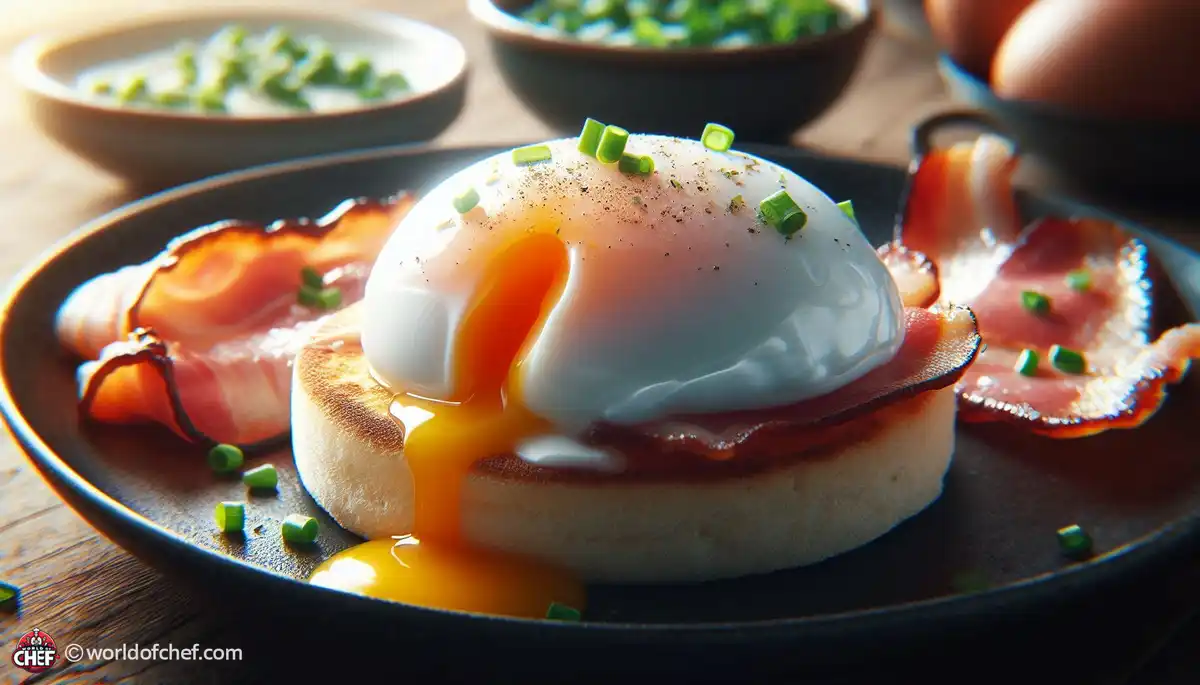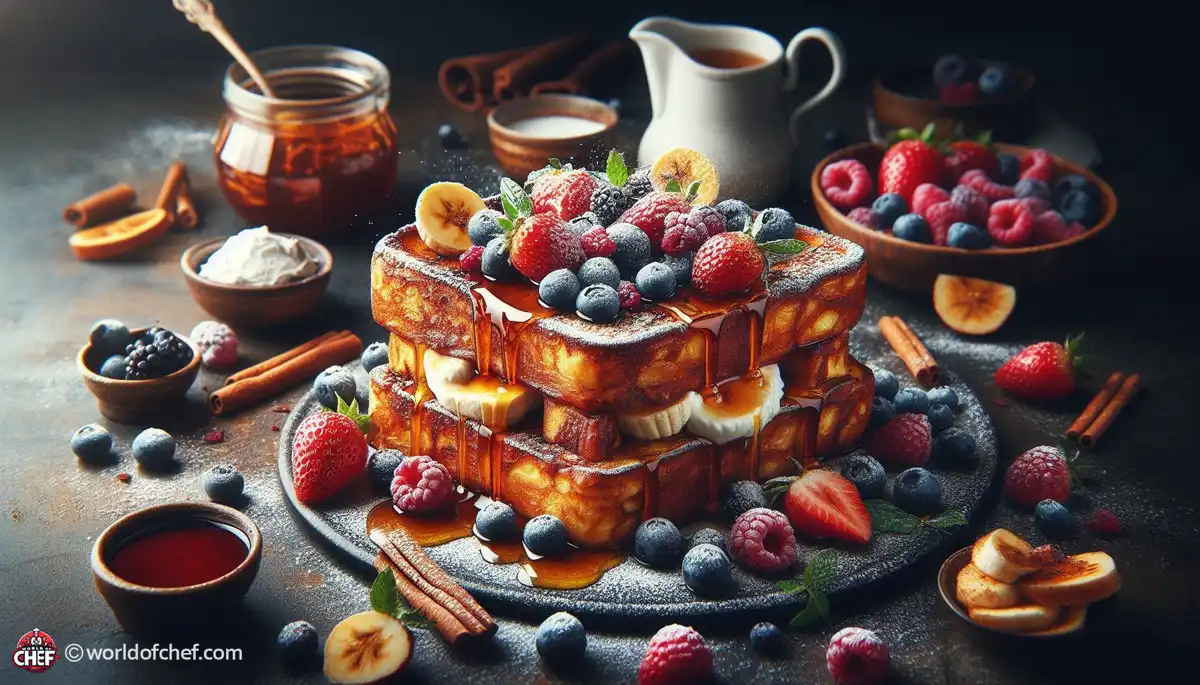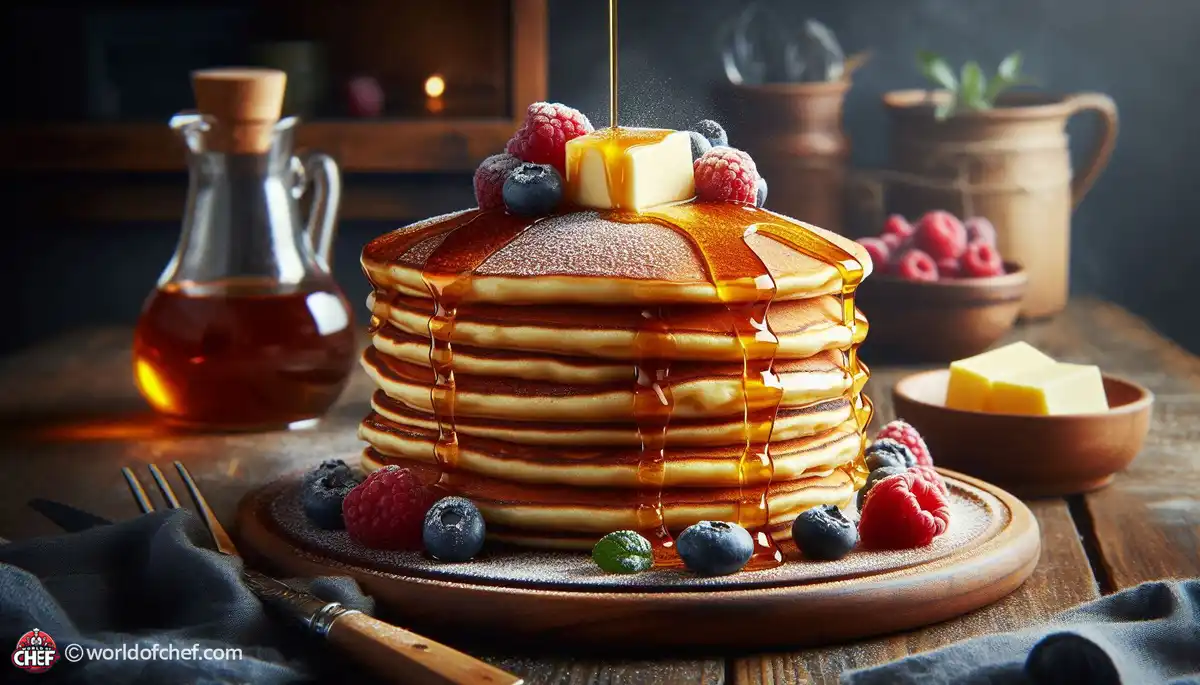
Mastering the Art of Homemade Brunch Pastries: Tips and Recipes
Skylar Sparkman - Oct 5, 2024 - 7 min read


Well, you've taken the leap into learning to cook a flawless poached egg for that perfect Benedict brunch. Bravo! You'd think this is going to be scary hard, but no fear- poaching eggs isn't that big of a deal with a little practice and understanding on how it's done. Let's start by beginning with the basics. Poaching an egg is essentially cooking it in simmering water until the white sets and the yolk remains runny. Sounds easy, doesn't it? Well, it can be, but there are a few things to remember for that elusive perfect poach.
You're going to begin with the freshest eggs you can find before you even think about poaching. Fresh eggs not only taste better but also hold their shape well when poached. Select eggs with firm whites and yolk that sits up. Do not use eggs which are near to the end of their shelf life since they tend to spread in the water, hence leaving a less compact poach. Trust me; fresher is always better for poaching eggs.
Using your freshly cracked eggs, you now can master the poaching technique. One of the best ways to poach well is through the whirlpool method. Fill a pot with water and heat until a gentle simmer is obtained using a medium flame. Toss in a splash of vinegar to the water. The whites will coagulate more quickly because of the presence of vinegar. Then take a spoon or spatula and swirl water in a circular motion to make a whirlpool effect. Once you have a great vortex going, gently place your egg right into the center of it. Water swirling motion will help in wrapping egg whites around your yolk, making perfectly rounded poach.
In order for those who want the eggs to cook on their own, sous vide is best for poaching. In French, it literally translates to "under vacuum," and it cooks food with a water bath by precise control. So, set your sous vide machine at 145°F (63°C) and just wait until the temperature comes up to be able to poach the egg. Then crack your eggs individually into sous vide bags, ensuring you get rid of as much air as possible before sealing the bags. When the water reaches the temperature you want, carefully submerge the bags in the water bath and cook for 45 minutes to an hour, depending on how you like your eggs. And voilà. Perfectly Poached Eggs every time, with yolks that are luxuriously creamy and runny.
For poaching eggs, it's the difference between the perfect poach and something less than that that can make all the difference when using the best, freshest ingredients. But besides fresh eggs, I recommend using the highest quality vinegar and salt available to you. Yes, I know it's easy to just cut corners with such an easy dish, but let me tell you: if you're going to bother, you might as well be bothered with the good stuff.
Adding a splash of vinegar to the poaching water will not only help the whites of the eggs coagulate faster, but give them a subtle tangy taste that complements this richness and creaminess perfectly. Any type of vinegar may be used for the purpose of poaching, but I personally prefer the white vinegar or champagne vinegar simply because they have a pretty mild flavor. Just take it sparingly; as a little goes a long, long way.
The art of getting that perfect poached egg has everything to do with the balance between having the egg whites set to perfection but the yolk remaining runny and gloriously. The cooking time would, of course depend on one's preference but generally 3-4 minutes will do for soft yolk and 5-6 minutes for a firmer yolk. Remember that they're going to keep cooking even after you remove them from the water, so getting them into a bowl of ice water as soon as they get to your preferred level of doneness is pretty important.
If you're not sure whether your poached eggs are done yet, don't bother trying them. Use a slotted spoon to gently remove one of the eggs from the water and, with your finger, gently push on the yolk. If you like your yolks soft, they will feel just slightly firm to the touch but still yield to gentle pressure. For firmer yolks, the yolk will be set. Practice does make perfect, so don't worry if it doesn't go exactly right on the first few attempts. With a bit of patience and persistence, you will soon be poaching eggs like a pro.
Now that your eggs are poached to perfection, it's time to give the finishing touches to your brunch Benedict. You should remove the eggs from the poaching water with a slotted spoon, then transfer them onto a paper-lined plate so you can get rid of excess water. Season your eggs using a sprinkle of salt and freshly ground black pepper, then marvel at their perfectly poached perfection.
With your poached eggs ready to roll, it is time to assemble your brunch Benedict. Do the classic combination of poached eggs, Canadian bacon, and hollandaise sauce, or get creative with your toppings; the options are endless. Serve the eggs over toasted English muffins or crispy hash browns for a hearty brunch that will impress even the most discerning of brunch enthusiasts. The whole dish gets a finishing touch with a sprinkle of fresh herbs or some hot sauce to send it from being delicious to almost divine.

Skylar Sparkman - Oct 5, 2024 - 7 min read

Alexander Kuhns - Oct 5, 2024 - 6 min read

Maria Hammett - Oct 5, 2024 - 6 min read

Walter Backus - Oct 4, 2024 - 8 min read